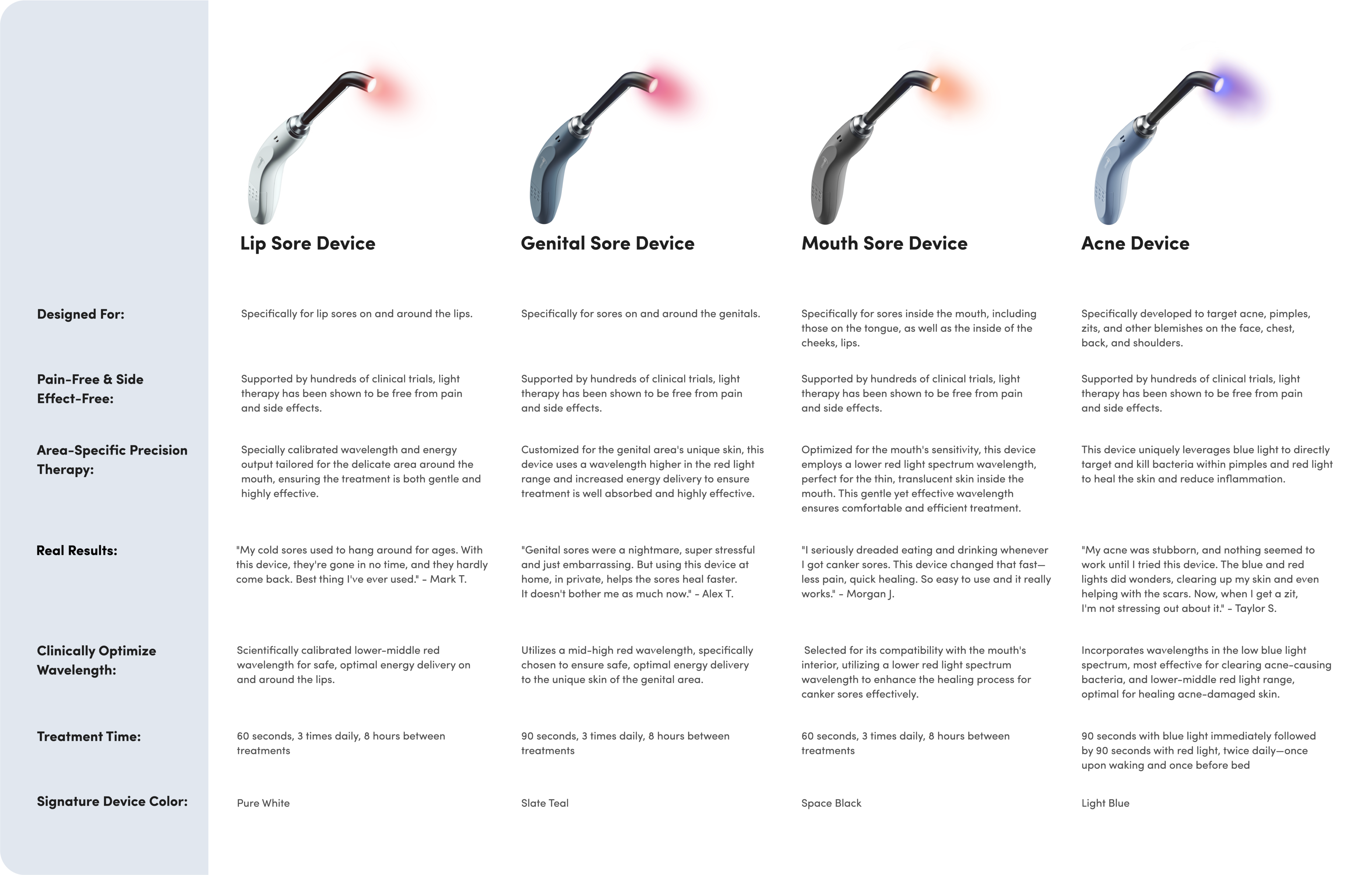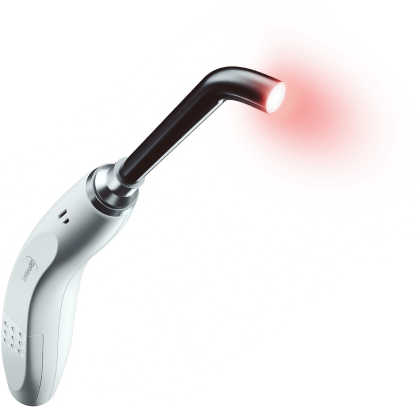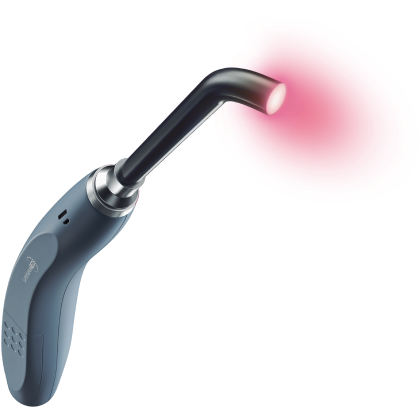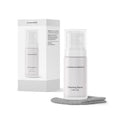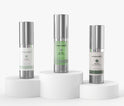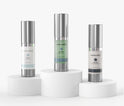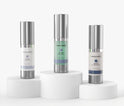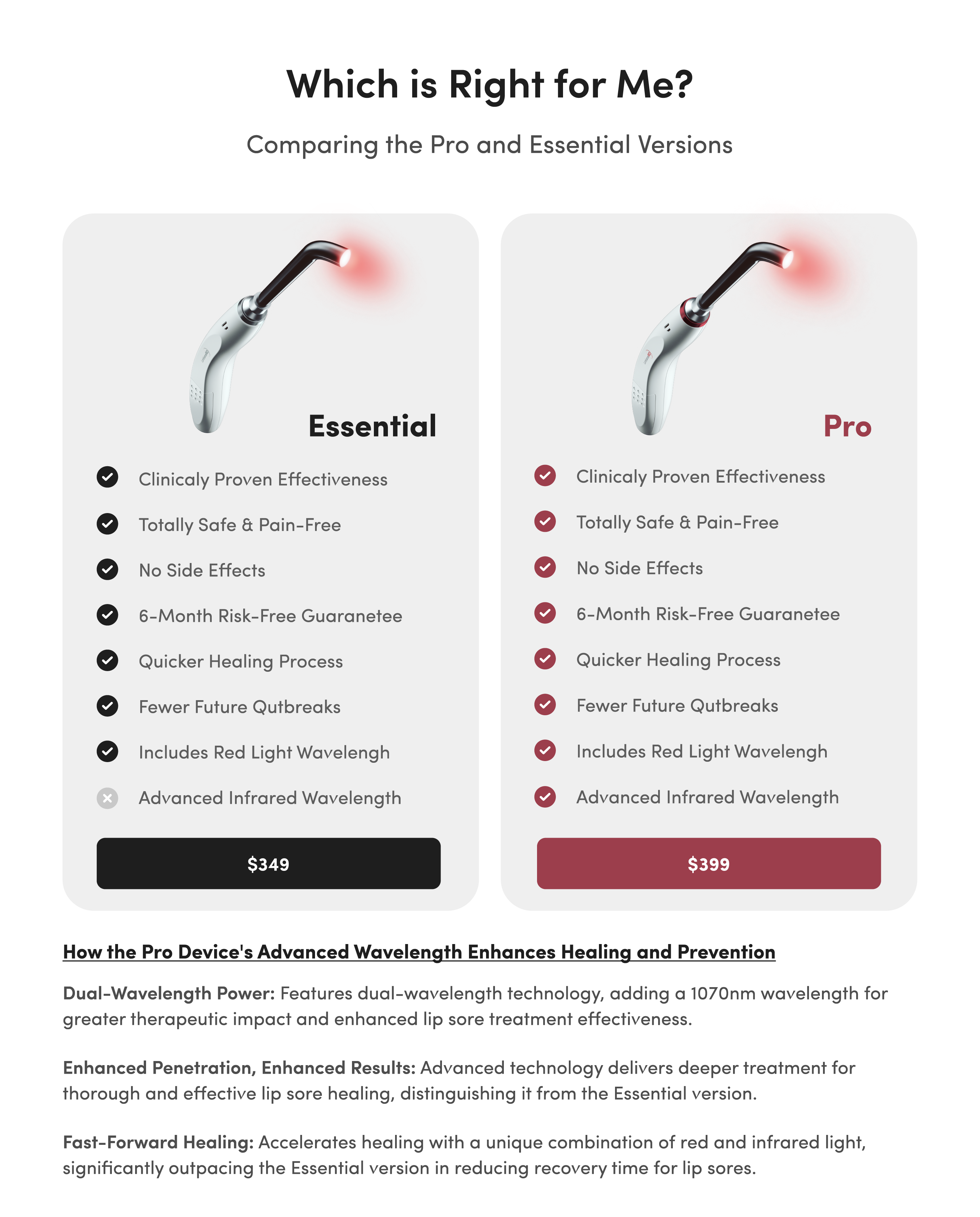Should You Use a Serum With Red Light Therapy?

Caring for your skin is about so much more than just looking good. In fact, good skin hygiene is important for your physical health, as well as your self-esteem.
The more time you take to research available treatment options, the easier it will be to develop an effective skincare routine. For example, you’ve probably heard of the many benefits of adding a serum to your skincare routine. You may also have read about the benefits of red light therapy, which include reducing inflammation and improving blood circulation.
A natural follow-up question for many is, “Should I use a serum with red light therapy?”
The short answer is, yes, serums can be a great addition to red light therapy! Below, we’ll discuss why that is and which types of serums have clinical backing. So keep scrolling!
What Is Red Light Therapy Serum?
Let’s explore a few clinically backed serum options before we answer the question “Should I use a serum with red light therapy?”
A red light therapy serum is any serum used in combination with red light therapy. Generally, the best time to apply this product is directly after your light therapy session. The type of serum you choose will depend on the specific results you’re looking for:
Vitamin C Serums
Vitamin C serums help boost collagen production, which strengthens your skin’s natural barrier for better protection, all while reducing wrinkles and adding elasticity.
Here are a few more benefits of topical vitamin C serums:
- Brightens skin and evens out skin tone
- Reduces hyperpigmentation and redness
- Promotes wound healing
- Boosts hydration
- Reduces dark under-eye circles
Dermatologists recommend vitamin C serums to improve your skin’s appearance, protect the skin, and prevent long-term damage.

Hyaluronic Acid Serums
Hyaluronic acid is a substance found in our connective tissues that cushions and lubricates our joints. In the skin, hyaluronic acid is found in the dermis layer.
This substance is an important component of our skin’s elasticity. By attracting and binding water molecules, hyaluronic acid also significantly boosts hydration and improves the skin’s ability to retain moisture.
With increased elasticity and hydration, you’ll notice reduced signs of aging, such as wrinkles, sagging, and age spots.
Other benefits of hyaluronic acid serums include:
- Stronger skin barrier
- Brighter skin
- Reduced redness
- Protection from toxins
- Increased cellular regeneration
- Healing the effects of acne breakouts
Green Tea Serums
The antioxidants found in green tea serums can protect your skin from damage caused by UV rays and free radicals. Free radicals trigger oxidative stress, which can lead to premature signs of aging, including:
- Wrinkles and fine lines
- Sagging skin
- Uneven skin tone
- Dark spots
Green tea serum fights certain signs of premature aging by encouraging collagen production and improving the skin’s elasticity. It also hydrates and brightens. Plus, green tea is antibacterial and regulates oil production, which helps prevent acne breakouts.
The Effects of Using Serum With Red Light Therapy
So, to answer the question, “Should I use a serum with red light therapy?” we need to explore the effects of using serum in conjunction with red light therapy.
Multiple clinical studies have demonstrated that a serum can enhance the effects of light therapy treatments.
For example, vitamin C serums are powerful on their own, but according to clinical research, their anti-inflammatory effects seem to enhance the healing benefits of light therapy. Less research exists on topical hyaluronic acid serum with light therapy, though a 2020 study shows the two work well together.
For green tea serums, one promising study showed that green tea enhanced the benefits of red light therapy. It also reduced the time it took for those benefits to manifest — from 10 months to one month!
Should I Use a Serum With Red Light Therapy?
Now for the million-dollar question: Should I use a serum with red light therapy?
Now that we know serums may enhance the effects of your red light therapy treatments, let’s explore whether they’re right for your skin specifically.
Who Should Use a Serum?
Unless you’re allergic or sensitive to a specific ingredient in a serum, using a serum is a safe and effective way to amplify the results of light therapy treatments, whether you’re treating severe acne or signs of aging.
On the flip side, choosing to add light therapy treatments to a high-end serum is a great way to get the most bang for your buck and see amplified results.
Who Shouldn’t Use a Serum?
Don’t use a serum if you’re allergic or sensitive to any of the listed ingredients.
To test a new serum, apply it to a small patch of skin and monitor the effects throughout the next day or so. If you notice a rash or moderate-to-severe irritation, stop using the serum. If your skin shows slight irritation, such as some dryness or redness, you might need to use a smaller amount of product less frequently until your skin adjusts.
A high-end serum might not be the best option if you don’t have a large skincare budget. It’s also not the best option if you don’t have a lot of extra time or energy to spend on your skincare routine.

Should I Use a Serum With Red Light Therapy? Final Thoughts
Hopefully you can now answer the question, Should I use a serum with red light therapy?
If you’re still unsure or have questions about how red light therapy or certain serums will affect your skin, schedule an appointment with your dermatologist or general practitioner. Because they’re familiar with your health history, they can give you personalized advice.





